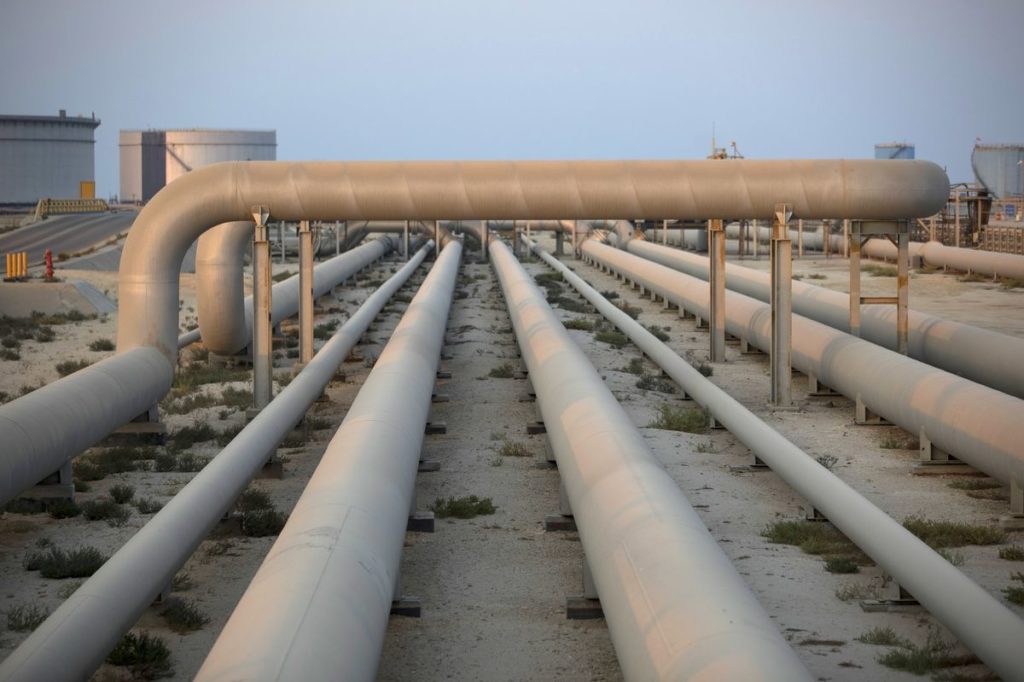
Oil headed for its biggest weekly gain in a month as the OPEC+ coalition’s supply cuts and reduced output from the world’s biggest offshore field overshadowed renewed concern over the U.S.-China trade war.
Futures in New York were steady on Friday, and have increased 3.3 percent this week. Russia said it would accelerate the output cuts it agreed to in a deal with the OPEC+ alliance, while Saudi Arabia was said to curtail supply from the Safaniyah field to repair a damaged power cable. Asian stocks fell Friday as the U.S. and China were said to have made little progress in trade talks.
Oil has resumed its rally this week — taking its advance this year to around 20 percent — after Saudi Arabia announced it would cut supply even further than agreed under a deal with fellow members of the Organization of Petroleum Exporting Countries and its allies. Still, record production and rising inventories in the U.S., together with prospects for weaker global growth, are capping gains.
“The main drive of the upward momentum in oil prices finds its roots in the aggressive output cuts announced by the Saudi oil minister,” said Harry Tchilinguirian, head of commodity-markets strategy at BNP Paribas SA in London. Also buoying prices is “the elephant in the room, which is Venezuela.”
Venezuelan exports are facing further disruption as the White House considers blocking foreign entities from dealing with the country’s state oil giant Petroleos de Venezuela SA. The move would be a possible next step as the U.S. seeks to choke off President Nicolas Maduro’s power.
West Texas Intermediate for March delivery rose 4 cents to $54.45 a barrel on the New York Mercantile Exchange at 10:35 a.m. London time. It advanced as much as 60 cents earlier, and has added $1.73 this week.
Brent for April settlement climbed 9 cents to $64.66 a barrel, near the highest level since November, on the London-based ICE Futures Europe exchange. It has gained 4.1 percent this week. The global benchmark crude was at a $9.84 premium to WTI for the same month.
Saudi Arabian Oil Co.’s Safaniyah field has the capacity to pump 1.2 million to 1.5 million barrels of crude a day, and is a major component of the Arab Heavy grade. The cable was damaged in an accident about two weeks ago and repairs are expected to be completed by early March, people with knowledge of the matter said.
Other oil-market news: American refiners, gasping for profits amid a glut of gasoline inventories, are hoping to find relief this spring when more drivers take to the roads. OPEC and its allies may deepen production cuts at their next meeting as a global oil surplus proves harder to beat than expected, according to Rapidan Energy Group. Sanctions on Iran and Venezuela are driving up prices of the world’s dirtier and heavier crudes. The Cboe/Nymex Oil Volatility Index fell 2.9 percent in the week through Thursday, set for a seventh week of declines.
Recommended for you
